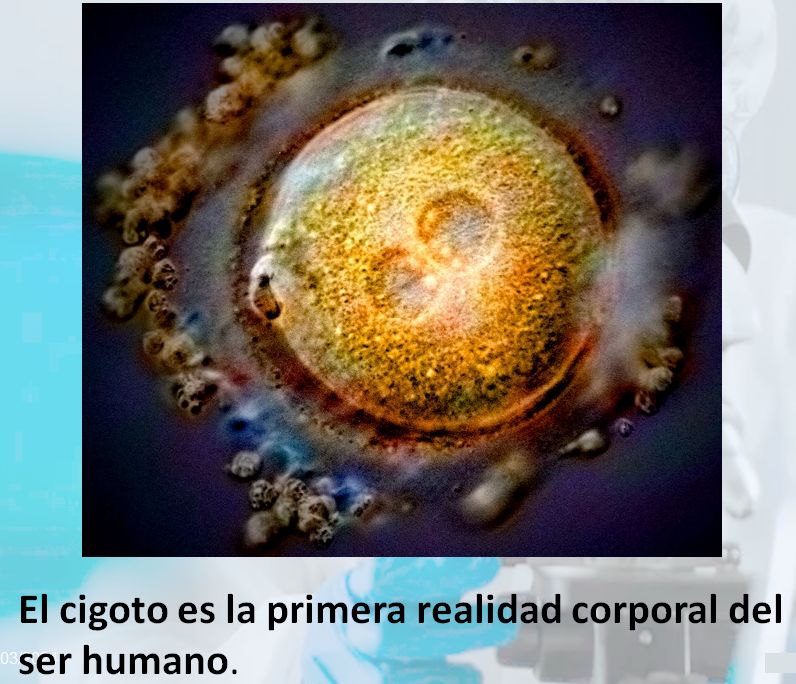Avances en Edición Genómica
Lo evidente puede no serlo. Hay que defenderlo.
24/04/2016Viviremos ciento cuarenta años
24/04/2016Por Catherine Offord, Publicado en The Scientist el 20 de Abril  de 2016
de 2016
Researchers develop a CRISPR-based technique that efficiently corrects point mutations without cleaving DNA.
Illustration of DNA ligase, one of the cell proteins involved in repairing double-strand breaks in DNAWIKIMEDIA; WASHINGTON UNIVERSITY SCHOOL OF MEDICINE IN ST. LOUIS, TOM ELLENBERGER.
Most genetic diseases in humans are caused by point mutations—single base errors in the DNA sequence. However, current genome-editing methods cannot efficiently correct these mutations in cells, and often cause random nucleotide insertions or deletions (indels) as a byproduct. Now, researchers at Harvard University have modified CRISPR/Cas9 technology to get around these problems, creating a new “base editor,” described today (April 20) in Nature, which permanently and efficiently converts cytosine (C) to uracil (U) bases with low error in human and mouse cell lines.
Por Catherine Offord, Publicado en The Scientist el 20 de Abril  de 2016
de 2016
Researchers develop a CRISPR-based technique that efficiently corrects point mutations without cleaving DNA.
Illustration of DNA ligase, one of the cell proteins involved in repairing double-strand breaks in DNAWIKIMEDIA; WASHINGTON UNIVERSITY SCHOOL OF MEDICINE IN ST. LOUIS, TOM ELLENBERGER.
Most genetic diseases in humans are caused by point mutations—single base errors in the DNA sequence. However, current genome-editing methods cannot efficiently correct these mutations in cells, and often cause random nucleotide insertions or deletions (indels) as a byproduct. Now, researchers at Harvard University have modified CRISPR/Cas9 technology to get around these problems, creating a new “base editor,” described today (April 20) in Nature, which permanently and efficiently converts cytosine (C) to uracil (U) bases with low error in human and mouse cell lines.
“There are a lot of genetic diseases where you would want, in essence, to swap bases in and out,” said Jacob Corn, scientific director of the Innovative Genomics Initiative at the University of California, Berkeley, who was not involved in the research. “Trying to get this to work is one of the big challenges in the field, and I think this is a really exciting approach.”
Leer más en: Advances in Genome Editing

